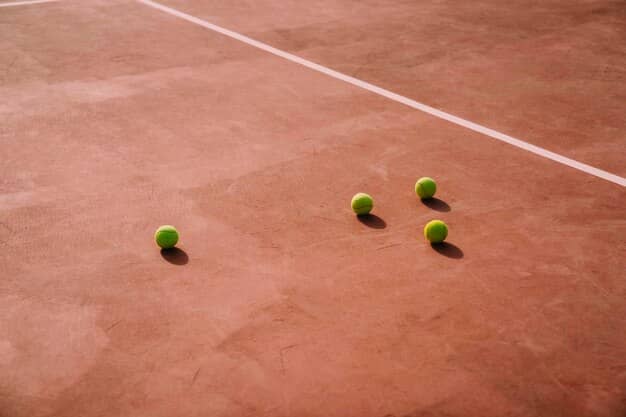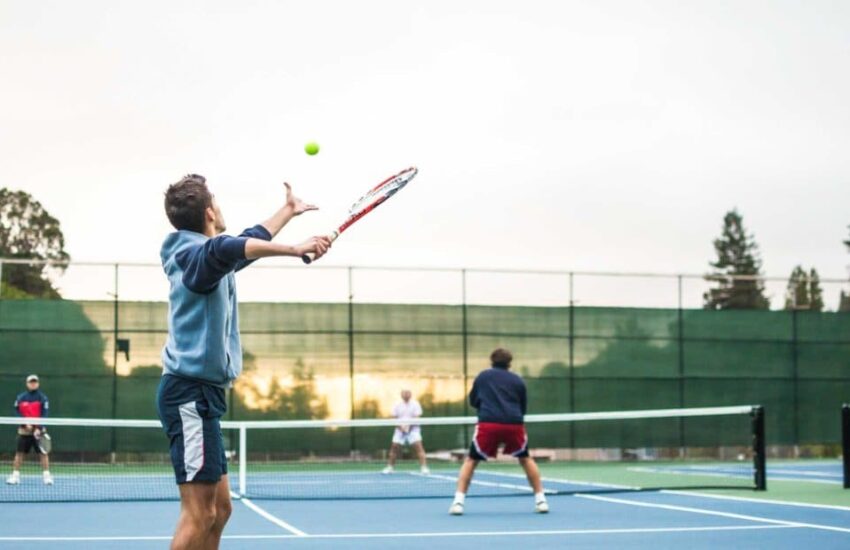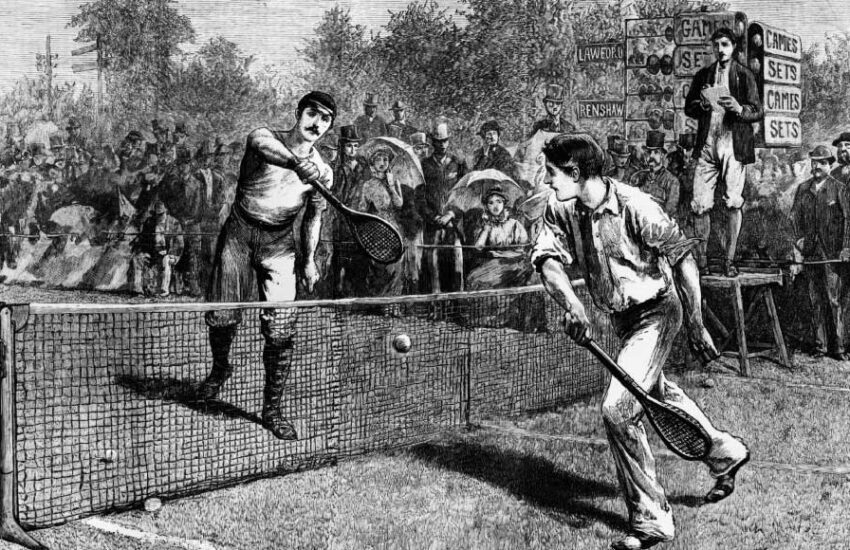Tennis Strokes: Techniques, Strategies, and Tips
In the exhilarating game of tennis, the stroke refers to the essential action of swinging the racket to connect with the ball. Varied strokes come into play across different scenarios within a match. From forehands to serves and smashes, each stroke has its unique technique and strategic application, contributing significantly to a player’s performance on the court.
Understanding Each Tennis Stroke in Detail:
Forehand Stroke
The forehand is often considered the powerhouse of a player’s arsenal. Executed by swinging the racket across the body with the palm facing towards the shot, the forehand delivers both power and accuracy. Generally utilized for offensive plays, players often employ this stroke when the ball approaches their dominant side.
Backhand Stroke
Differing from the forehand, the backhand involves swinging the racket away from the body. It can be executed with one or both hands on the racket, offering various advantages.
One-handed backhands provide greater reach, while two-handed backhands offer enhanced control and power. This stroke is commonly used defensively against shots directed to the non-dominant side.
Serve
The serve marks the commencement of each point and is a pivotal stroke in a player’s repertoire. Players toss the ball into the air and strike it diagonally into the opponent’s service box. A well-executed serve can either lead to outright points or set up an advantageous situation for the server to exploit.
Volley
Executed before the ball bounces on the court, the volley occurs predominantly near the net. It requires rapid reflexes and excellent hand-eye coordination. Volleys provide less reaction time for opponents and are often employed to seize control of points.
Smash
The smash stands as a powerful overhead stroke, ideal for finishing off a point. This stroke is unleashed when an opponent’s shot lacks sufficient height or distance, allowing the player to strike the ball aggressively downwards into the opponent’s court. Its speed and angle make it challenging to return effectively.
Lob
A lob involves hitting the ball high into the air, often used to pass over a close-to-the-net opponent. Employed defensively to reposition or offensively to win points outright, the lob forces opponents to quickly retreat.
Learn how tiebreakers impact tennis matches while exploring the set decider in the game.
Advanced Stroke Techniques
Advanced stroke techniques in tennis offer players an expansive arsenal to dominate rallies and dictate the flow of the game. These techniques, such as topspin, slice, and drop shots, introduce a layer of complexity that can perplex opponents and create strategic advantages.
Topspin
Topspin is a fundamental technique that imparts forward rotation to the ball upon contact. The execution involves a precise upward swing that generates a forward and downward trajectory for the ball. This spin not only increases ball speed but also causes it to dip faster, making it challenging for opponents to return with ease. Players adept at topspin can produce shots that leap off the surface with remarkable pace and bounce.
Slice
The slice is a versatile stroke where the racket strikes the ball with a brushing motion that imparts a counterclockwise spin. This produces a low, skidding trajectory, making the ball stay low after the bounce. Often employed as a defensive tactic, the slice can keep opponents off balance and hinder their ability to execute attacking shots.
Drop Shot
A drop shot involves a delicately controlled stroke that aims to land the ball just over the net, imparting backspin for a softer landing. This shot catches opponents by surprise, forcing them to cover more ground quickly. It’s a strategic tool used to break an opponent’s rhythm or capitalize on their positioning within the court.
Impact of Tennis Equipment on Strokes
The evolution of tennis equipment, including racket technology, string compositions, grip variations, and court shoe designs, has significantly influenced stroke execution and effectiveness:
- Racket Technology: Modern racket designs leverage innovative materials and construction techniques to enhance a player’s ability to control and generate power. Rackets with larger head sizes and varying string patterns offer increased sweet spots, allowing for more forgiving strikes and spin generation;
- String Composition: The development of string technology has revolutionized the game by allowing players to exert more control over the ball. Textured strings, varied tensions, and different materials enable players to generate unique spins and manipulate ball trajectories with greater precision;
- Grip Variations: Grip variations impact stroke technique and comfort. Players often customize their grips to optimize their stroke mechanics, ensuring a secure hold on the racket during various shots;
- Court Shoe Designs: Court shoes play a pivotal role in footwork and stability, thereby indirectly influencing stroke execution. Advanced shoe designs offer better traction and support, allowing players to move swiftly and position themselves effectively to execute strokes.
Tips for Young Players Improving Tennis Strokes
- Focus on Footwork: Mastering agility, balance, and quickness aids in optimal positioning to strike the ball. Drills emphasizing footwork can significantly enhance a player’s skill set;
- Master the Basics: Before aiming for power, ensuring a solid grip, stance, and swing path is crucial. Fundamental understanding precedes power-focused strokes;
- Watch the Ball: Maintaining visual contact with the ball from the opponent’s racket to the player’s own swing enhances timing and precision;
- Use Your Whole Body: Engage the entire body in a stroke to maximize power and reduce injury risk. The body’s harmonized movement amplifies the stroke’s effectiveness;
- Practice Regularly: Consistent practice, focusing on quality over quantity, enhances stroke consistency and control, integral to a player’s development.
Conclusion
Mastering advanced stroke techniques and understanding the impact of tennis equipment on strokes is pivotal for players aiming to elevate their game. The nuances within each stroke variation provide tactical advantages, while advancements in equipment continuously shape the dynamics of modern tennis. Embracing these aspects empowers players to refine their skills, adapt to varied playing conditions, and gain a competitive edge on the court.



